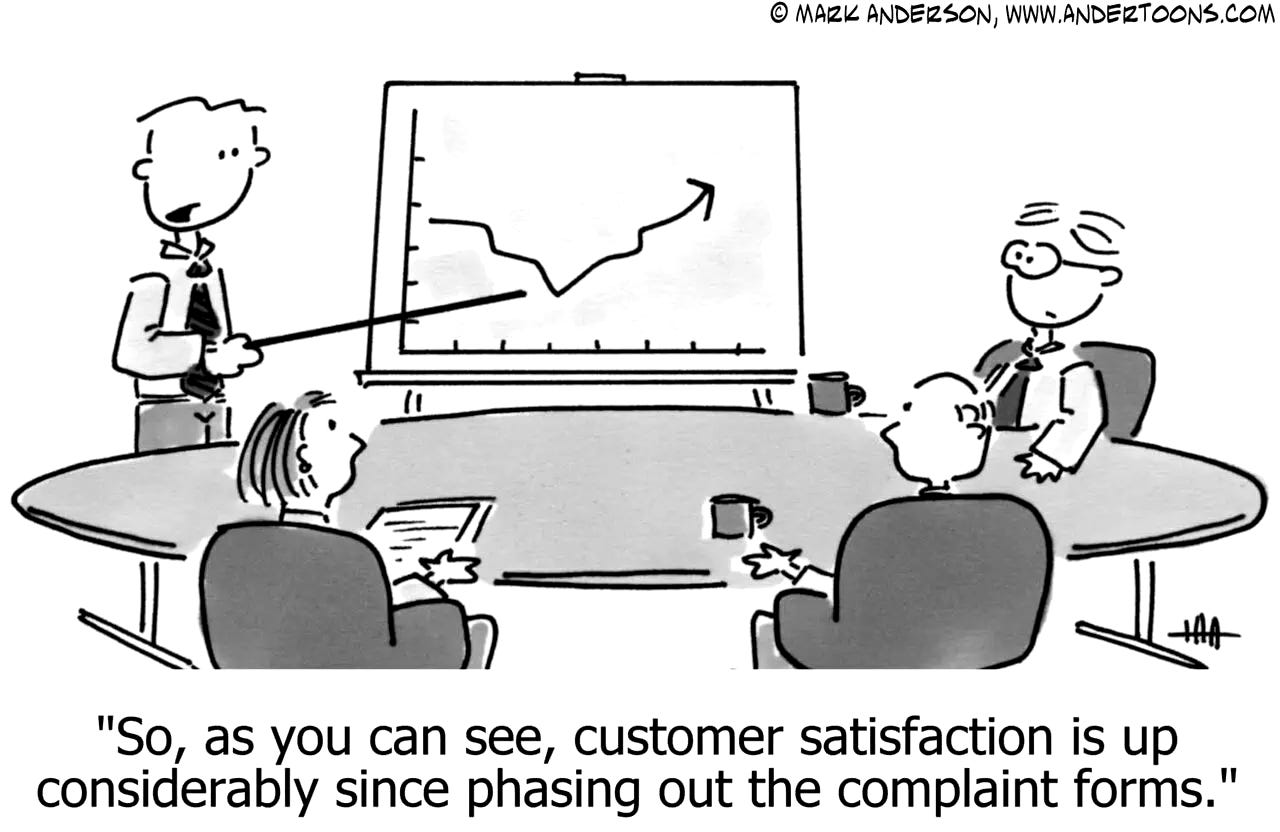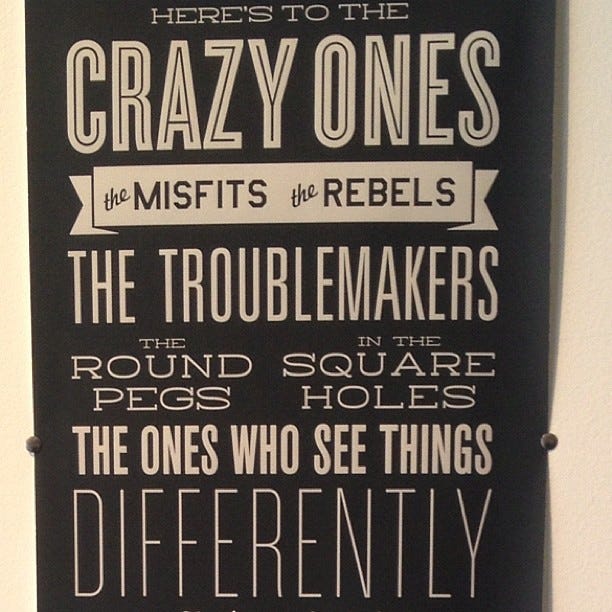From idea to execution: harnessing the power of innovation in your team
People-First Product Leadership: Learn the secrets to always prioritizing your people, so you can become a stronger leader and build an empowered product team
I am big fan of Tiago Forte’s second brain approach. I constantly take notes as well as share, search and reference them. Recently I was looking over highlights from an executive training course as I started a new role this month. I honed in on “what are the four elements of organizations that drive innovation”.
Direction : To be supported and valued, innovation must be linked to business strategy
Environment : Leadership promotes a culture + mindset which values innovation
Engine : Individuals are encouraged to look beyond the status quo structure / process and to rely on new / different metrics
Enablers : People are given the time, space, and tools to innovate
Taken together these four points enable innovation to become a habit (recall our prior newsletter). Individuals are encouraged to continually seek new ways to create economic or social value. In turn, given the emphasis on doing things differently, it is important leaders acknowledge both failure and invention (an inseparable combo) will occur not only in their teams but in themselves as well.
The following articles align with the points shared above.
Moving From Command & Control to Coaching & Collaboration
Leaders are people too - with strengths and growth areas. Whether leaders make or have time to work on themselves is a different story - and one their teams “read” on a daily basis.
If you say one thing (e.g. I encourage growth and development) and then do another (e.g. don’t take time to grow and develop yourself), your team is likely to wonder what is fact and what is fiction.
I know I’m struggling with this topic now, e.g. do I set aside time in my weekday schedule to focus and learn. Yet, I keep coming back to the following…
“People cannot trust you if they don’t believe in you. For me, at the end of it all, it is about the people.”
As your team looks to you for guidance, acknowledging that you still have learning to do _and_ taking the time to build your skills creates an environment where the missteps that accompany experimentation and exploration, which are foundational to innovation, can occur.
Why Leaders Should Be Open About Their Flaws
Building on the article above, admitting you are not perfect and don’t know everything “can foster perceptions of authenticity… disclosing weaknesses increased perceived authenticity for both male and female leaders, garnering benefits regardless of gender.”
If you decide to only share strengths or simply allude to possible areas of growth, individuals will form their own judgements regarding your receptiveness to growth and experimentation necessary for innovation. One hopes those leaps of faith are positive, yet they might not be. Is that a gamble you want to take when it comes to retaining talent?
“…we know that people frequently guess at what motivates others’ behavior and make judgments based on those guesses. And in subsequent studies, we learned that prospective employees were more interested in continuing to work with their manager … when that manager disclosed a weakness, telling us that authenticity earns cooperation.”
You can successfully balance psychological safety and intellectual honesty - and gain the benefits of both. And, teams which do, innovate more successfully than teams in which one culture dominates (MIT Sloan Management Review ).
Extreme questions to trigger new, better ideas
When it comes to new ideas, customer input is one data point which should be considered alongside other factors, such as market trends and competitive insight. As we’ve learned from Henry Ford to Steve Jobs, simply asking customers what they want is unlikely to establish long-term competitive advantage or lead to innovation.
“It’s hard to think past the last seven customer interviews or support tickets or sales calls. Those are great for generating tactical ideas that fuel our roadmaps, but they are tiny incrementalisms that cement us into tiny thinking.” As a result, some companies choose to ignore customer feedback.
There is another path that can be taken. Support continuous interviewing while nudging your team out of their comfort zone with ‘extreme thinking’. Building on the articles above and our prior newsletter, they’ll feel safe to do so as they know you have their back.
When exploring new ideas, examples of questions you could ask include the following:
If you were forced to increase your prices by 10x, what would you have to do to justify it?
What would be the most fun thing to build?
If our biggest competitor copied every single feature we have, how would we still win?
What if we are forced to ship a full, completed (at least MVP) new feature, in just two weeks, that would delight and surprise some fraction of our customers?
What if you could change anything, regardless of what anyone thinks or feels?
And, now to end with a bit of crazy, specifically Here's to the Crazy Ones!
Innovation does not occur when you simply do the expected or go after the status quo. Instead innovation happens when you encourage + enable those around you to push limits. Stefan’s article includes five additional approaches, each which benefits from the trust you gain by considering the people in your team and putting them first.
Challenge the status quo: Encourage people to question assumptions, traditions and norms that may be limiting progress.
Celebrate those who strive to make a difference: It means rewarding people for taking initiative and for trying new things, and not punishing them for making mistakes.
Lead by example: As a leader, model the behavior you want to see in your team by embracing individuality, challenging the status quo and striving for progress.
Encourage risk-taking: It means creating an environment where people feel safe to take risks and where failure is seen as an opportunity to learn and grow.
Empower people to make a difference: It means trusting people to make a difference and to take ownership of their work.





